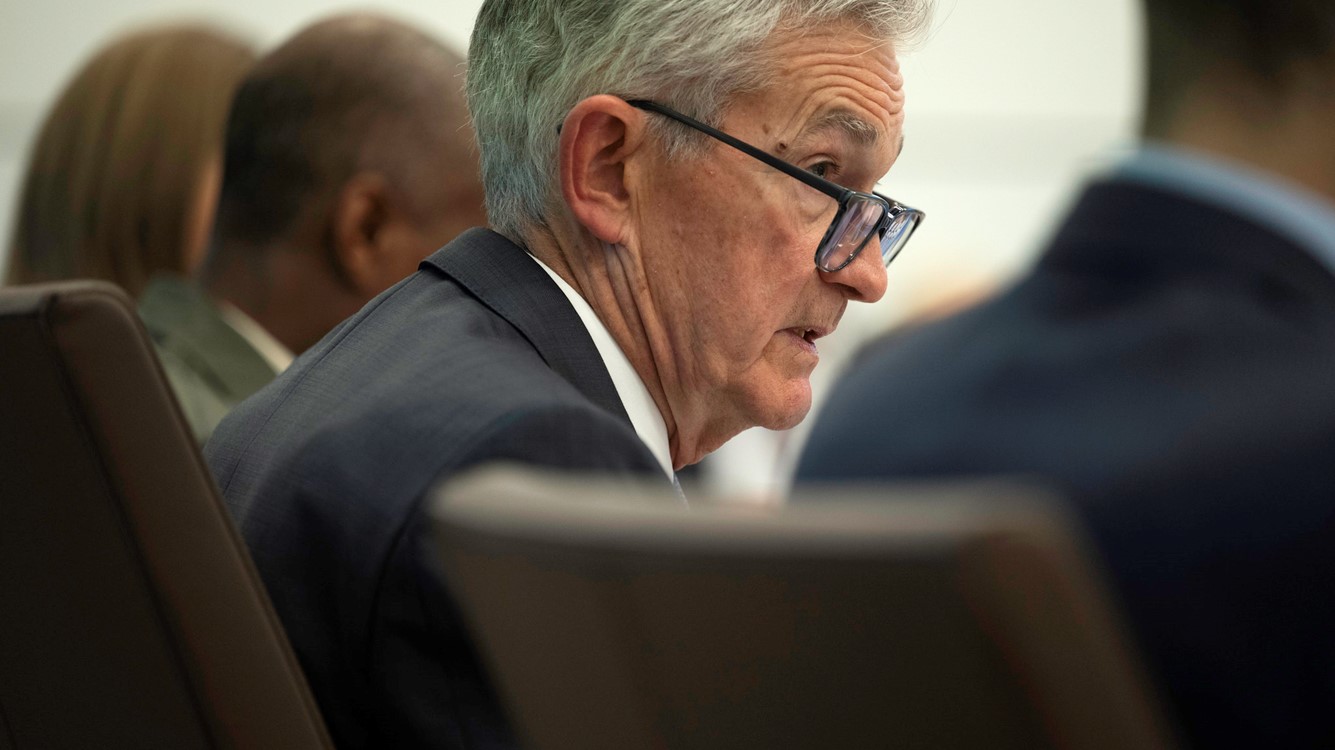Debate likely to flare in March
Doves worry that the Fed could overshoot on hikes.

March 15, 2024
The Federal Open Market Committee (FOMC) - the policy-setting arm of the Federal Reserve - is widely expected to leave rates unchanged at its meeting in March. The question is whether the Fed signals an imminent cut in rates. The answer is “no,” even though many would like to cut soon including Chairman Jay Powell.
The debate will be whether inflation can continue to cool. The consumer price index and the producer price index both came in warmer than expected in February.
Those shifts will provide ammunition for hawks who believe the Fed needs to delay cuts until the second half of the year. They are in the minority but still influential. The worry is that the low-hanging fruit associated with a healing of supply chains and drop in goods prices has been plucked, while a floor may be forming under service sector prices.
Conversely, doves worry that the Fed could overshoot on hikes. Employment gains between the household and establishment survey have diverged over the last six months. The household survey, which is carried out until the target number of households answer all the questions, is not as susceptible to the poor surveys response rates and large revisions we have seen in the establishment survey. It has been much weaker on employment growth and could be signaling that labor markets are cooling more rapidly than appears. The fear is something San Francisco Fed President Mary Daly has been hammering home: nonlinearity. When the unemployment rate rises, it tends to do so rapidly, not modestly as the Fed expects.
The statement following the meeting is expected to remain largely unchanged. That will be disappointing for those looking for a signal on an imminent cut in rates. The statement was deliberately less committal on rate cuts in January to undo the front- running on rate cuts we saw in the wake of the December press conference.
Participants are scheduled to update their forecasts. There is some upside risk on the inflation outlook but the Fed has been head faked in both directions on inflation and knew the ride down would be bumpy. We are not expecting any major changes there given the uncertainty in the data and signs the labor market is cooling.
That will be a bit of a disappointment for financial markets looking for a signal on rate cuts. The Fed’s goal will be to keep its options open on the timing of a cut, with the hope that it can more convincingly signal a rate cut is imminent at the May meeting. That waiting is equivalent to an economic purgatory for bond market participants; they have gotten fatigued with the holding pattern we have been in.
Separately, the Fed is expected to discuss a tapering of its quantitative tightening program at this meeting. It intends to slow the pace at which assets roll off the balance sheet to keep the Treasury bond market functioning in the second half of 2024. Liquidity has never returned to pre-pandemic levels, which leaves the plumbing of the markets more susceptible to clogging. That is not something the Fed wants to occur. The Fed is not expected to end QT until well into 2025.
The incoming data take a cut in May off the table and leave the focus on June.
Diane Swonk, KPMG Chief Economist
Explore more

A hawkish hold
The Fed is “not declaring victory at this point.

KPMG Economics
A source for unbiased economic intelligence to help improve strategic decision-making.

We’re not in Kansas anymore...The view from Washington
Debate over whether the first rate cut will occur in June will be heated.
Subscribe to insights from KPMG Economics
KPMG Economics distributes a wide selection of insight and analysis to help businesses make informed decisions.
Meet our team

